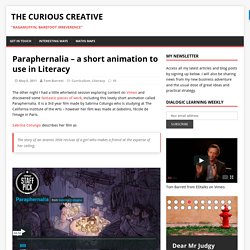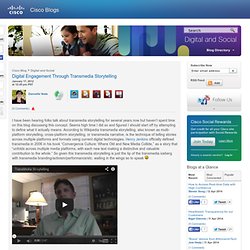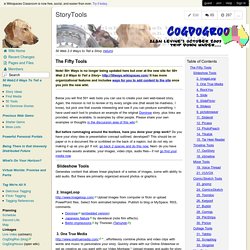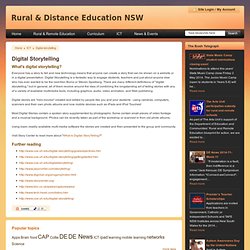

Paraphernalia – a short animation to use in Literacy. The other night I had a little whirlwind session exploring content on Vimeo and discovered some fantastic pieces of work, including this lovely short animation called Paraphernalia.

It is a 3rd year film made by Sabrina Cotungo who is studying at The California Institute of the Arts – however her film was made at Gobelins, l’école de l’image in Paris. Sabrina Cotungo describes her film as The story of an anemic little recluse of a girl who makes a friend at the expense of her ceiling. Paraphernalia from Sabrina Cotugno on Vimeo. What strikes me about the little story is the openings it presents for a class to explore in terms of their narrative literacy unit, the questions that could be asked about the plot and the characters. Why is she all alone? Also a class could spend time working on the dialogue that takes place between our characters. What do you like about the film and how do you see it being used with your classes? Tom Barrett Tom is a writer, speaker and consultant. Home StoryPatch.com. Digital Engagement Through Transmedia Storytelling.
I have been hearing folks talk about transmedia storytelling for several years now but haven’t spent time on this blog discussing this concept.

Seems high time I did so and figured I should start off by attempting to define what it actually means. According to Wikipedia transmedia storytelling, also known as multi-platform storytelling, cross-platform storytelling, or transmedia narrative, is the technique of telling stories across multiple platforms and formats using current digital technologies. Henry Jenkins officially defined transmedia in 2006 in his book “Convergence Culture: Where Old and New Media Collide,” as a story that “unfolds across multiple media platforms, with each new text making a distinctive and valuable contribution to the whole.” So given this transmedia storytelling is just the tip of the transmedia iceberg with transmedia branding/activism/performance/etc. waiting in the wings so to speak Transmedia is the new space where visual storytelling exists because:1.
Small Demons — Welcome to the Storyverse. CogDogRoo - StoryTools. 50 Web 2.0 Ways to Tell a Story (return) Note!

50+ Ways is no longer being updated here but over at the new site for 50+ Web 2.0 Ways to Tell a Story-- It has more organizational features and includes ways for you to add content to the site once you join the new wiki. Below you will find 50+ web tools you can use to create your own web-based story. Again, the mission is not to review or try every single one (that would be madness, I know), but pick one that sounds interesting and see if you can produce something. I have used each tool to produce an example of the original Dominoe story, plus links are provided, where available, to examples by other people.
Slideshow Tools Generates content that allows linear playback of a series of images, some with ability to add audio. 2. Upload images from computer or flickr or upload PowerPoint files. 3. "...effortlessly combine photos and video clips with words and music to personalize your story. 4. "RockYou! 5. 6. 8. 9. pictobrowser 11. ZooBurst. Internet Catalogue. 50+Ways - home. NSW Country Areas Program. What's digital storytelling?

Everyone has a story to tell and new technology means that anyone can create a story that can be shown on a website or in a digital presentation. Digital Storytelling is a fantastic way to engage students, teachers and just about anyone else who has ever wanted to be the next Ken Burns or Steven Spielberg. There are many different definitions of "digital storytelling," but in general, all of them revolve around the idea of combining the longstanding art of telling stories with any of a variety of available multimedia tools, including graphics, audio, video animation, and Web publishing.
Digital stories are "mini-movies" created and edited by people like you and your students - using cameras, computers, scanners and their own photo albums and now mobile devices such as iPads and iPod Touches! Most Digital Stories contain a spoken story supplemented by photographs. Visit Story Center to read more about "What is Digital StoryTelling? " Further reading.